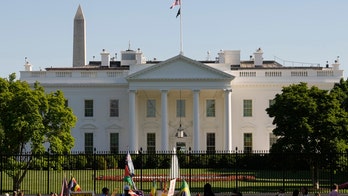HONOLULU: President Barack Obama joked about "aloha shirts" all weekend at the APEC conference, but when it came down to taking the "family photo," the president decided not to make the world leaders wear the local shirt.
Often called "Hawaiian shirts," the "aloha shirt" is the signature fashion item for tourists and locals. Often at APEC meetings, the leaders pose for what is dubbed a family photo, and often wear the garb of the location where it's being held.
It can look kind of goofy, seeing powerful, global leaders wearing something other than a formal business suit, but the group typically has some fun with it.
The president said he had looked at previous photos from past summits, and decided it was a tradition he wanted to break. At a press conference Sunday, he said nobody objected.
The president is a native of Hawaii, and welcomed the APEC leaders for a weekend of talk about the economy in the Asia-Pacific region.
He may have foreshadowed the decision to forego the shirts Saturday night.
"Two years ago, when I was in Singapore and it was announced that we would be hosting the APEC Summit here in Honolulu, I promised that you would all have to wear aloha shirts or grass skirts. But I was persuaded by our team to perhaps break tradition, and so we have not required you to wear your aloha shirts, although I understand that a few of you have tried them on for size, and we may yet see you in them in the next several you in them in the next several days," Obama said Saturday before a luau.
Before a bilateral meeting with Russian Prime Minister Dmitri Medvedev, Obama joked the Russian leader may have been donning the shirt this weekend. "My understanding is that he's been spotted in a Hawaiian shirt walking and enjoying the good weather. And so I don't know if anybody got pictures of this, but I'm glad that he's enjoying himself so far," Obama said.
The funny shirt tradition stopped last year when APEC was held in Japan. Some speculated that during tough economic times, it might seem like an unnecessary cost.




